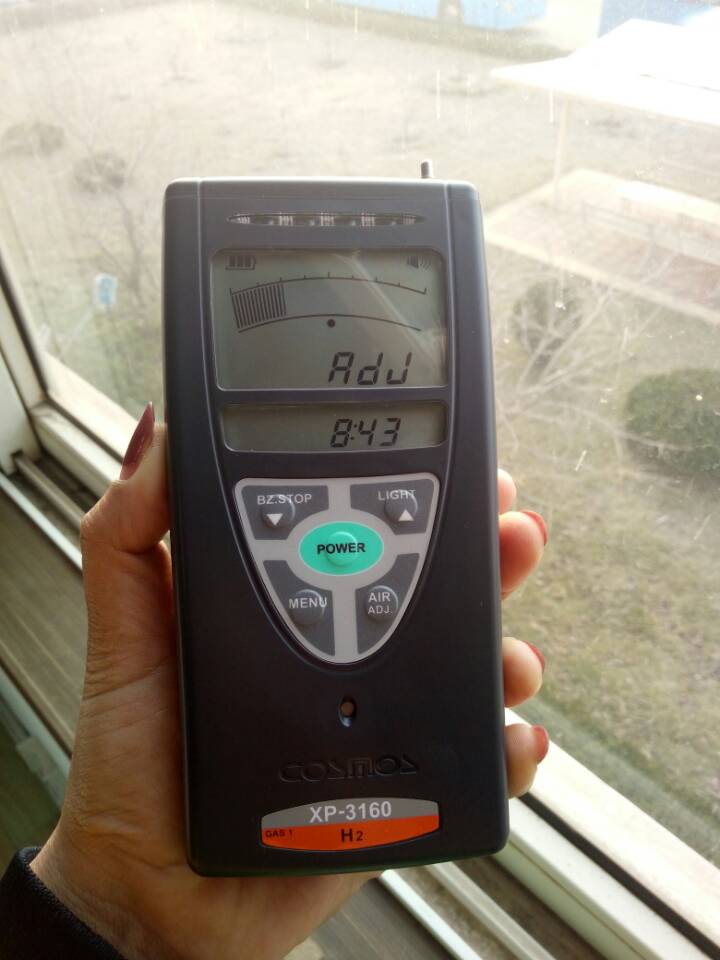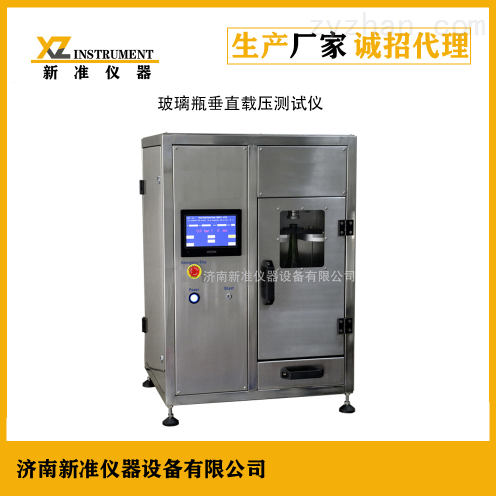社会中银鲫鱼一年能长多大它们主要吃什么饲料探索大专宠物医学哪个学校最受欢迎
我知道银鲫鱼又称为东北银鲫、方正鲫、海拉尔银鲫、滇池高背鲫、淇河鲫和普安鲫等。你可能好奇,银鲫鱼一年能长到多大?它们吃什么饲料呢?下面,我将详细介绍一下。
一、银鲫鱼的一年成长情况

silver fish, also known as the East China silver carp, originated from the Heilongjiang River in northeastern China. Under artificial breeding conditions, it can grow up to one kilogram within a year. However, in natural waters, it usually doesn't reach this size. The largest individual of silver carp can weigh up to 10 kilograms in its natural habitat, with most individuals weighing between 3-4 kilograms.
Currently, artificially bred silver carps are a new variety developed based on different climate conditions.

二、银鲫鱼的饮食习惯
Silver carps are omnivorous fish. In their early stages of development, they primarily consume floating organisms such as zooplankton and insect larvae as well as plant-based organic debris and certain types of artificial feed. As mature fish, they mainly eat plant-based organic debris and various algae (such as diatoms like Navicula and Nitzschia; green algae including Spirogyra; blue-green algae), along with floating animals like rotifers and branchiopods.

When raised artificially, silver carps also consume a variety of artificial feeds without any special requirements for what is fed to them. Therefore, the sources of food for silver carps are quite diverse.
三、银鲿鱼的生态特性

The main characteristics of silver carps include rapid growth rate, large body size adaptability to different environments easy reproduction low disease resistance high-quality meat taste fast growth compared to ordinary cyprinids since the early 1970s when they were first mass-bred in China.
Silver carps belong to bottom-dwelling fish but often swim at mid-to-bottom levels in water bodies. Generally speaking,

silver carp prefer living at lower depths in still waters.
They can thrive in rivers lakes reservoirs wetlands ponds etc., provided that the water is safe from toxins They have strong resilience against extreme cold ice cover or scorching heat showing excellent adaptability.
The tolerance time for low oxygen levels by which silverside fishes may become severely gilled before suffocating under similar conditions extends beyond other species It takes them an astonishing 22 hours before succumbing entirely demonstrating stronger resistance against poor water quality than common Cyprinus Carpio